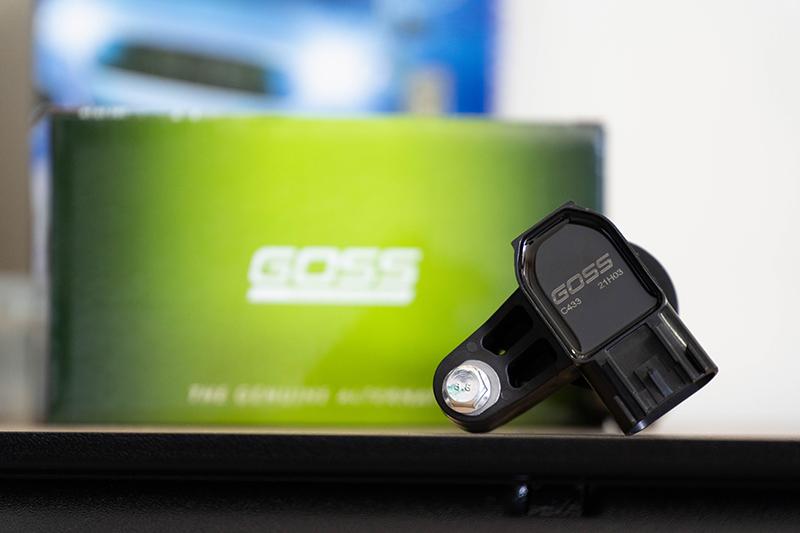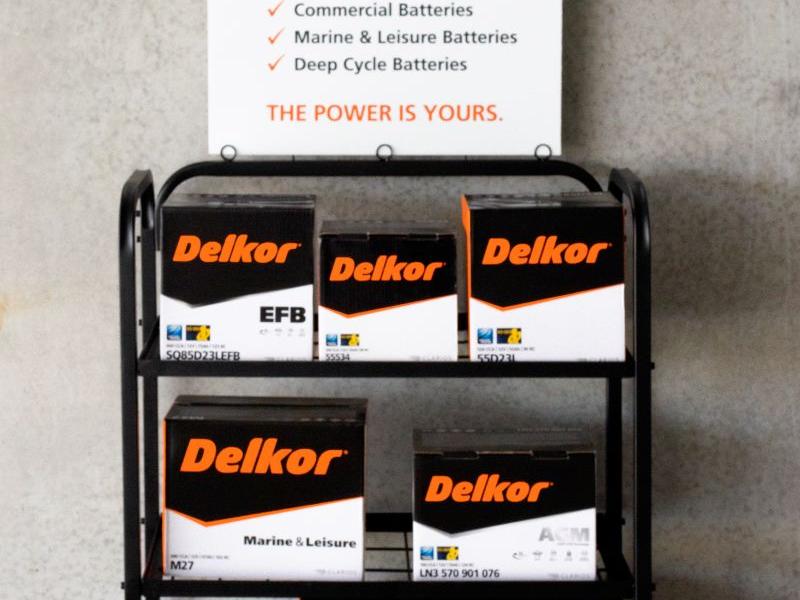Our priority is to offer the automotive aftermarket a true genuine alternative and exceptional customer service.
Believe it or not, the best way to diagnose a faulty ignition coil is often the easiest to perform, it just requires a simple understanding of the vehicles ignition system.
Ignition coils are formed in two sections – Primary (low tension) and Secondary (high tension). Regardless of which section the fault occurs in, a failure in either requires component replacement.
All coils require a positive voltage supply, a trigger and in the case of three and four wire coils, a dedicated earth circuit to create the high voltage spark at the plugs.
The fastest and easiest method of testing is done by eliminating the coil from the system. If the input controls are present and correct – and there is nil, intermittent or weak spark – then the ignition coil can be replaced with confidence.
Two wire ignition coils
Disconnect the ignition coil primary and attach a test light across the harness side terminals. If the test light flashes, then the voltage supply and trigger circuit are operational.
Wasted Spark
Wasted spark systems can be identified by the presence of two high tension towers per coil. A test light connected between the positive supply and ground side trigger should blink when the engine is cranking / running.
Three wire ignition coils (individual)
Disconnect the coil primary and test for correct positive voltage supply and a ground in the harness connector. A multi-meter can be used. The trigger may be a positive or negative type and should be checked using an oscilloscope.
Four wire coils (individual)
These coils can be tested in the same manor as the three wire variants. The fourth terminal is used for ECM feedback.
Coil pack (multi cylinder)
Multi cylinder coil packs generally have a voltage supply, ground, and a trigger for each cylinder. If each input control is present and correct and there is no spark output, then the coil pack is at fault.
With over 95 percent of the vehicle parc covered, GOSS has an extensive range of ignition coils to suit both OEM and aftermarket options. GOSS ignition coils are a genuine alternative part, sourced from leading original equipment – and aftermarket suppliers, GOSS ignition coils meet – and in many cases – exceed OE quality.
Remember, when you want to perform a reliable and effective repair, ask for GOSS coils by name, the genuine alternative.






